News
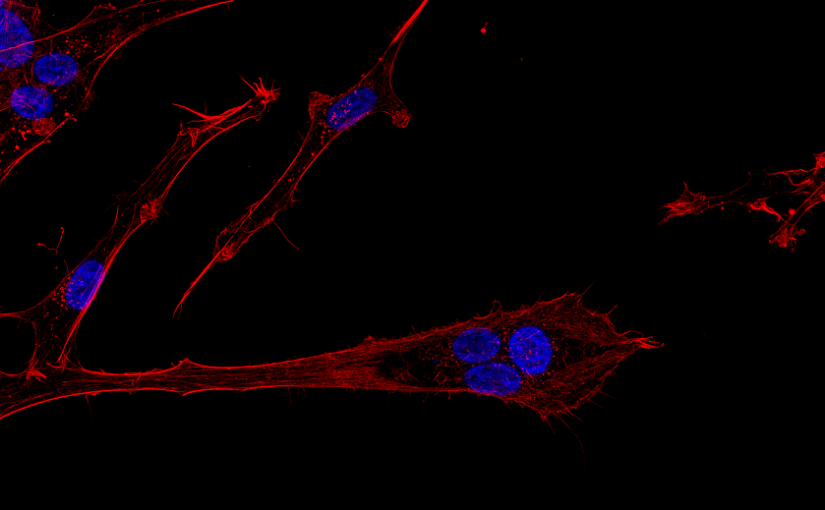
Photo of aggressive brain cancer cells wins third prize in the DNRF Photo Competition 2019
A photo of cancer cells in motion has been awarded third prize in the DNRF’s Photo Competition 2019. The cells originate from an aggressive type…
Read more
Researchers from CON AMORE establish a connection that may be a possible reason behind schizophrenia
Post-doc Mélissa C. Allé and head of center Dorthe Berntsen, from the DNRF’s Center on Autobiographical Memory Research (CON AMORE) at Aarhus University, are behind…
Read more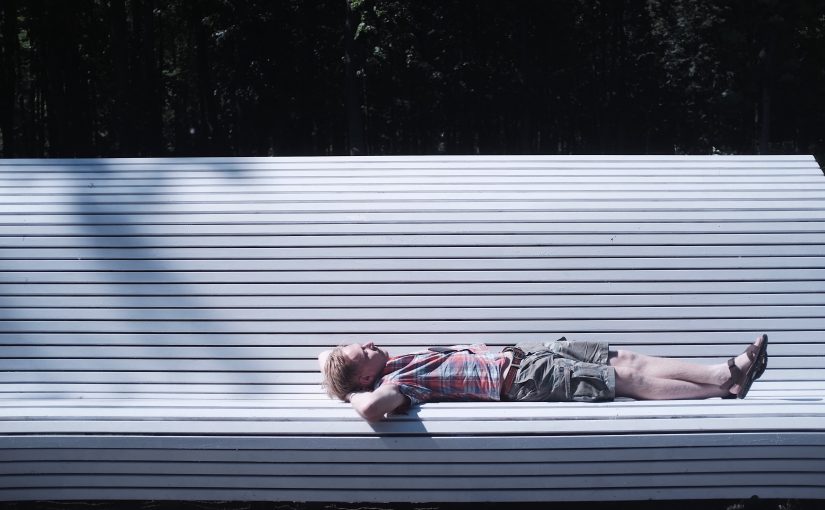
MIB challenges the traditional understanding of human sleep stages in a new study
Researchers from the DNRF’s Center for Music in the Brain (MIB) at Aarhus University are leading an international study that, by mapping underlying sleep patterns,…
Read more
Kristian Thygesen from CNG receives the Elite Research Prize 2019
Professor Kristian Sommer Thygesen, from the Center of Excellence CNG, is among this year’s five prize winners of the prestigious Elite Research Prizes. The prizes…
Read more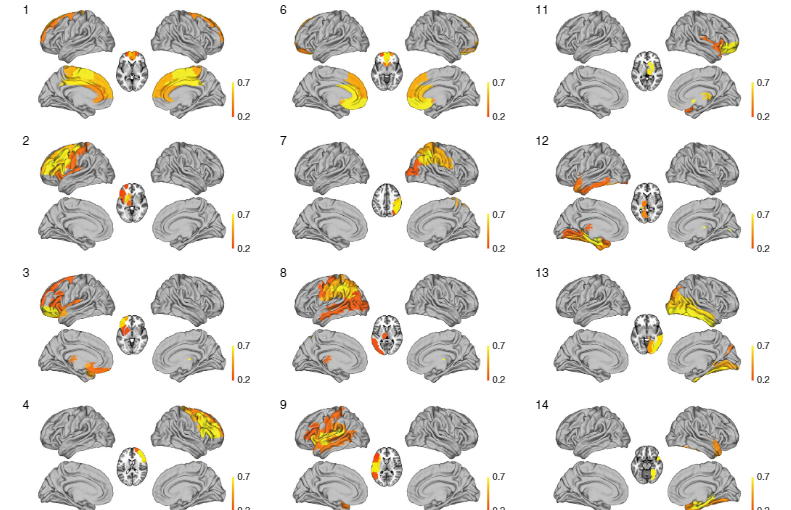
Other February News in Brief
Post-doc from CP3-Origins: Dark matter of the universe might not exist after all According to models developed by post-doc Juri Smirnov, from the Center of…
Read more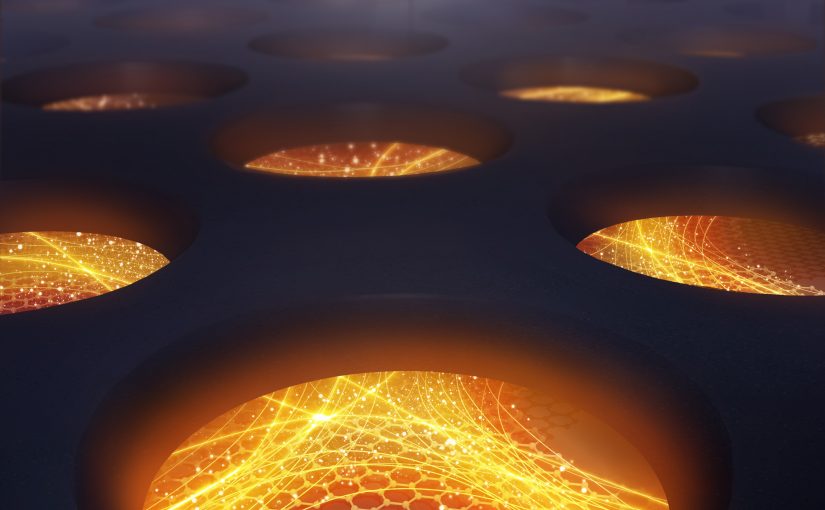
CNG solves one of the biggest challenges with graphene-based nanoelectronics
Researchers from the DNRF’s Center for Nanostructured Graphene (CNG), together with researchers from Japan, have, for the first time, solved one of the biggest challenges…
Read more
A possible second large meteorite crater found under the ice in Greenland
In a new study published in the scientific journal Geophysical Research Letters, Professor Kurt H. Kjær from the DNRF’s Center for GeoGenetics, together with American…
Read more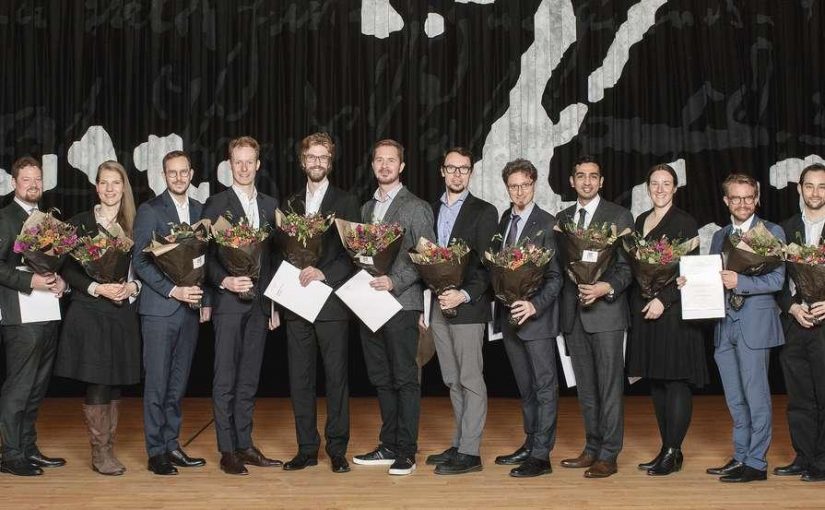
Seven talented researchers with a connection to the DNRF are among this year’s Villum Young Investigators
Out of 21 researchers selected as this year’s Villum Young Investigators are seven researchers with a connection to the DNRF. The Villum Young Investigators program…
Read more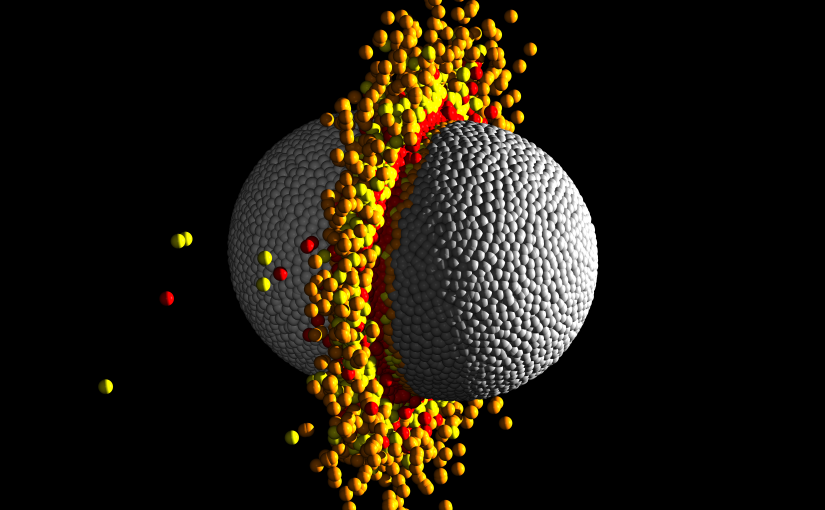
SAC: Enormous collision might explain twin planets
Press release from SAC: Two of the exoplanets that are circling around the Kepler-107 star are identical in size but far from equal in weight.…
Read more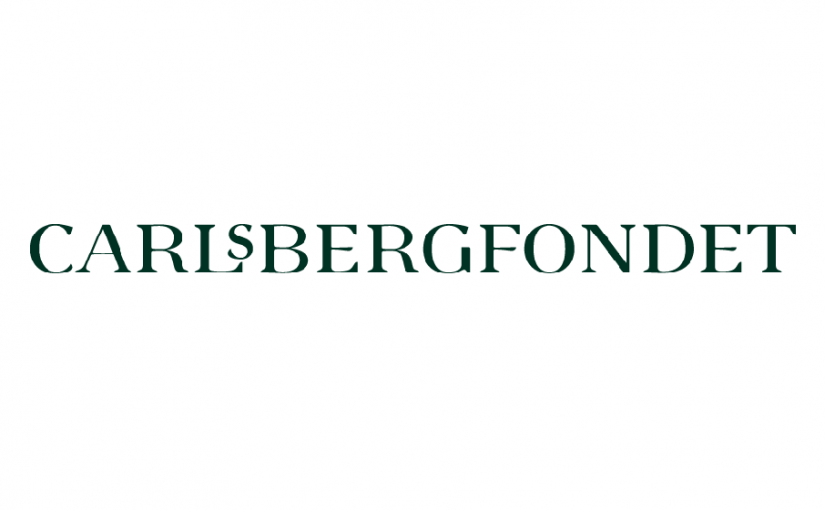
Carlsberg Foundation’s Semper Ardens grants go to six researchers affiliated with the DNRF
Two heads of center, two Niels Bohr Professors, a former head of center, and a group leader from a DNRF center have been granted six…
Read more
Other January News in Brief
Model developed by PERSIMUNE becomes one of the cornerstones in East-Danish initiative for personal medicine The Center of Excellence for Personalized Medicine of Infectious Complications…
Read more
CMEC is part of developing standards for evaluation of research models in biodiversity
Together with colleagues from the DNRF’s Center for Macroecology, Evolution and Climate (CMEC), head of center Carsten Rahbek is part of a new study that,…
Read more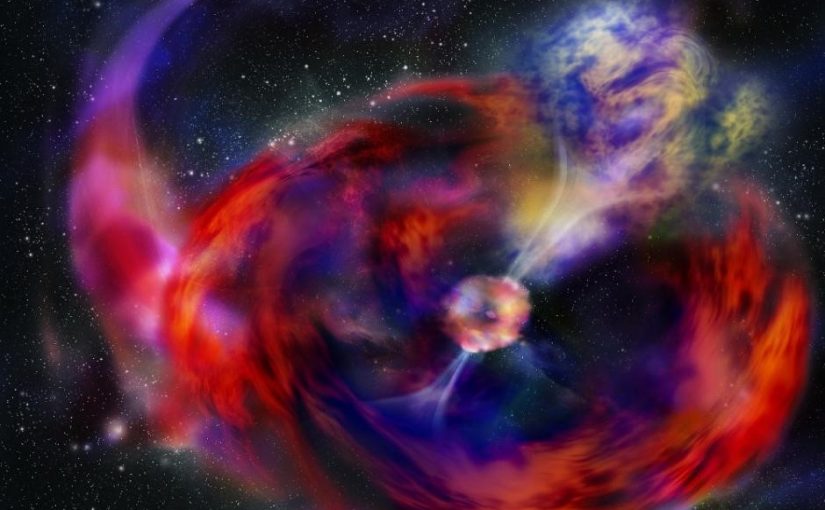
New study in Nature Letters confirms theory about gamma ray bursts
Researchers from the DNRF’s Cosmic Dawn Center (DAWN) are part of a big international study in which researchers have analyzed observations of distant gamma ray…
Read more
New large register study maps connection between mental disorders
Post-doc Oleguer Plana-Ripoll is overseeing a new large population study that is mapping the links between mental disorders and, for the first time, is providing…
Read more
DAWN-affiliated post-doc Peter Laursen wins award for best research communication at Forskerzonen in 2018
Astrophysicist Peter Laursen, a post-doc at the University of Oslo and also affiliated with the DNRF Center of Excellence Cosmic Dawn Center (DAWN) at the…
Read more